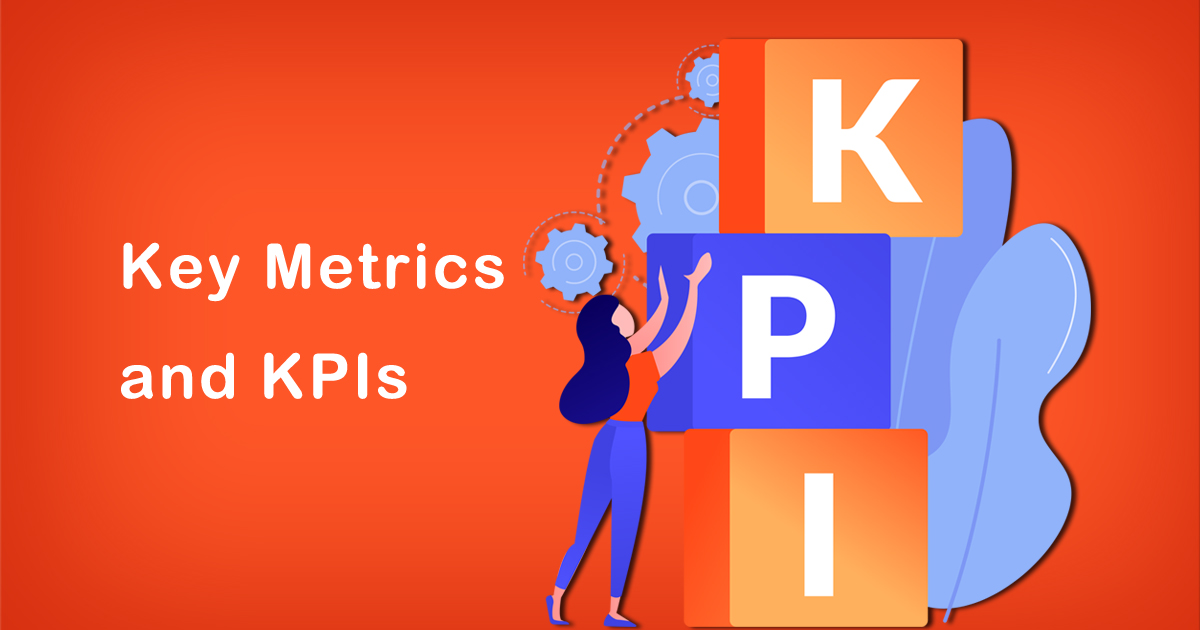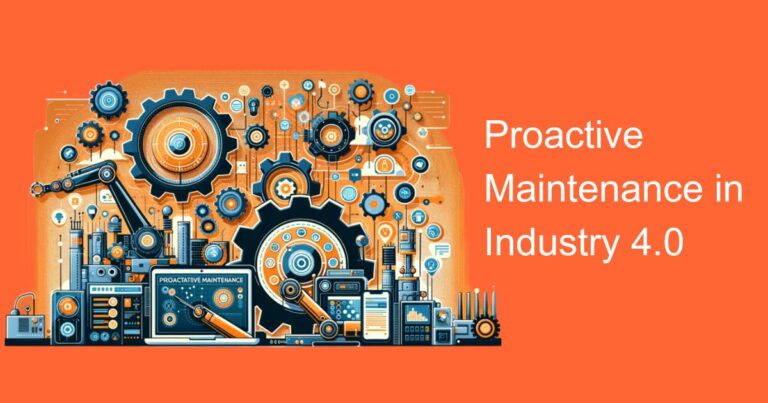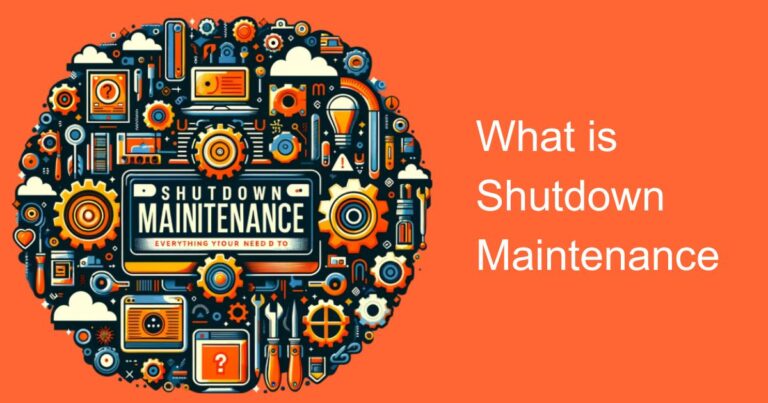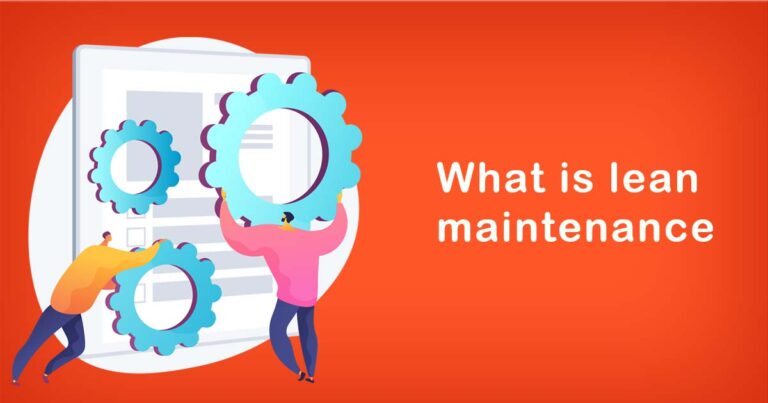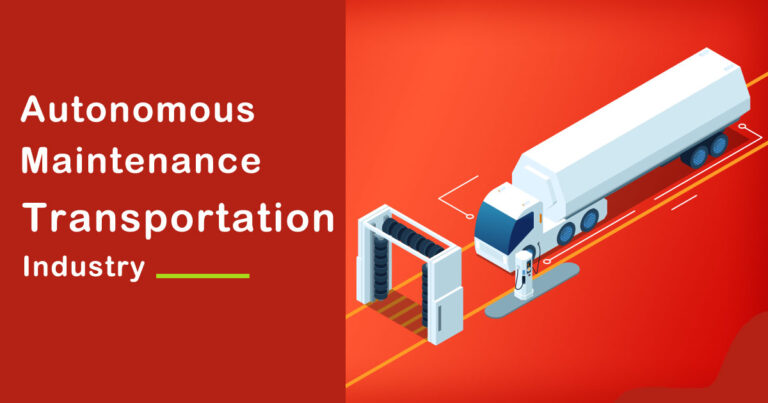Introduction
In today’s competitive business world, organizations are continuously looking for ways to optimize their processes and reduce waste. Lean maintenance is one such strategy that has gained popularity in recent years. Lean maintenance focuses on reducing waste and maximizing equipment availability, reliability, and efficiency. To ensure that the lean maintenance strategy is effective, organizations need to measure and track key performance indicators (KPIs). In this blog, we will discuss the key metrics and KPIs that organizations can use to measure the effectiveness of lean maintenance.
Key Metrics for Measuring the Effectiveness of Lean Maintenance
1. Overall Equipment Effectiveness (OEE)
Overall Equipment Effectiveness (OEE) is a critical metric that measures the efficiency of equipment. It considers three factors: availability, performance, and quality. OEE is calculated by multiplying these three factors. OEE provides a measure of how well an organization is utilizing its equipment and identifies areas for improvement. Organizations can use OEE to measure the effectiveness of their lean maintenance strategy by comparing the OEE of equipment before and after implementing lean maintenance practices.
2. Mean Time Between Failure (MTBF)
Mean Time Between Failure (MTBF) is a metric that measures the average time between equipment failures. It is calculated by dividing the total operating time by the number of failures. MTBF provides an indication of the reliability of equipment. Organizations can use MTBF to measure the effectiveness of their lean maintenance strategy by comparing the MTBF of equipment before and after implementing lean maintenance practices.
3. Mean Time to Repair (MTTR)
Mean Time to Repair (MTTR) is a metric that measures the average time required to repair equipment after a failure. It includes the time required to identify the problem, diagnose the issue, and repair the equipment. MTTR provides an indication of the efficiency of the maintenance process. Organizations can use MTTR to measure the effectiveness of their lean maintenance strategy by comparing the MTTR of equipment before and after implementing lean maintenance practices.
4. Maintenance Cost as a Percentage of Replacement Asset Value (RAV)
Maintenance cost as a percentage of Replacement Asset Value (RAV) is a metric that measures the cost of maintenance as a percentage of the replacement value of the asset. It is calculated by dividing the total maintenance cost by the RAV of the asset. This metric provides an indication of the effectiveness of the maintenance strategy in minimizing maintenance costs. Organizations can use maintenance cost as a percentage of RAV to measure the effectiveness of their lean maintenance strategy by comparing the maintenance cost as a percentage of RAV before and after implementing lean maintenance practices.
5. Inventory Turnover
Inventory turnover is a metric that measures how often inventory is sold and replaced in a given period. It is calculated by dividing the cost of goods sold by the average inventory value. Inventory turnover provides an indication of the efficiency of inventory management. Organizations can use inventory turnover to measure the effectiveness of their lean maintenance strategy by comparing the inventory turnover before and after implementing lean maintenance practices.
Key Performance Indicators (KPIs) for Measuring the Effectiveness of Lean Maintenance
1. Planned Maintenance Percentage (PMP)
Planned Maintenance Percentage (PMP) is a KPI that measures the percentage of maintenance activities that are planned in advance. PMP provides an indication of the effectiveness of the maintenance planning process. Organizations can use PMP to measure the effectiveness of their lean maintenance strategy by comparing the PMP before and after implementing lean maintenance practices.
2. Breakdown Maintenance Percentage (BMP)
Breakdown Maintenance Percentage (BMP) is a KPI that measures the percentage of maintenance activities that are unplanned due to equipment breakdowns. BMP provides an indication of the effectiveness of the preventive maintenance program. Organizations can use BMP to measure the effectiveness of their lean maintenance strategy by comparing the BMP before and after implementing lean maintenance practices.
Conclusion
In conclusion, lean maintenance is a powerful strategy that can help organizations optimize their processes and reduce waste. To ensure that the lean maintenance strategy is effective, organizations need to measure and track key performance indicators (KPIs) and metrics. Overall Equipment Effectiveness (OEE), Mean Time Between Failure (MTBF), Mean Time to Repair (MTTR), Maintenance Cost as a Percentage of Replacement Asset Value (RAV), and Inventory Turnover are key metrics that organizations can use to measure the effectiveness of their lean maintenance strategy. Planned Maintenance Percentage (PMP) and Breakdown Maintenance Percentage (BMP) are essential KPIs that organizations can use to measure the effectiveness of their preventive maintenance program and maintenance planning process. By measuring and tracking these metrics and KPIs, organizations can continuously improve their lean maintenance strategy and achieve greater efficiency, reliability, and cost savings.


